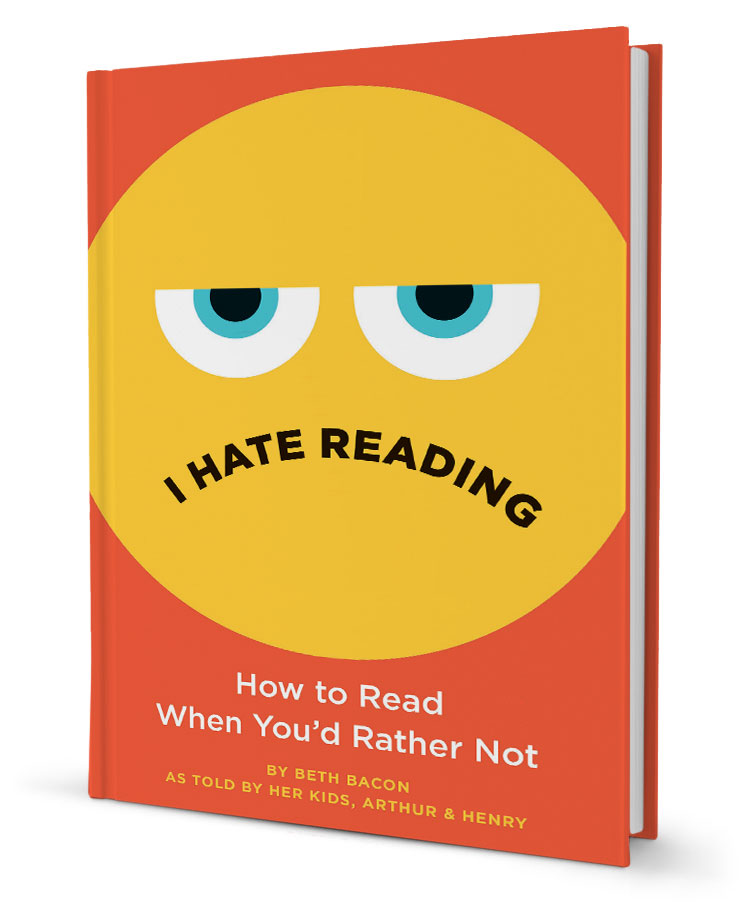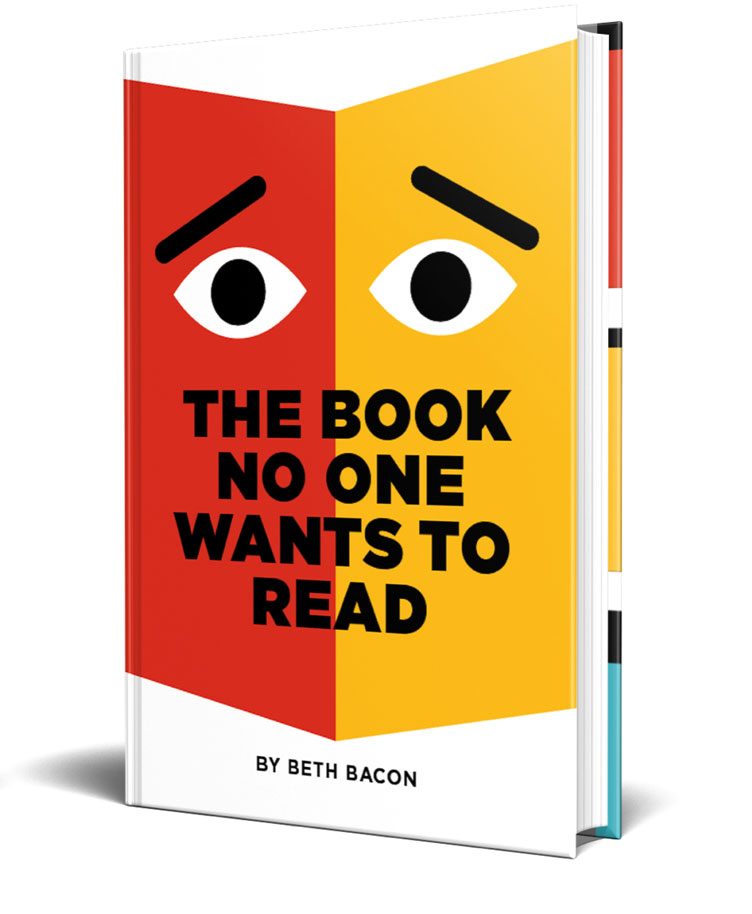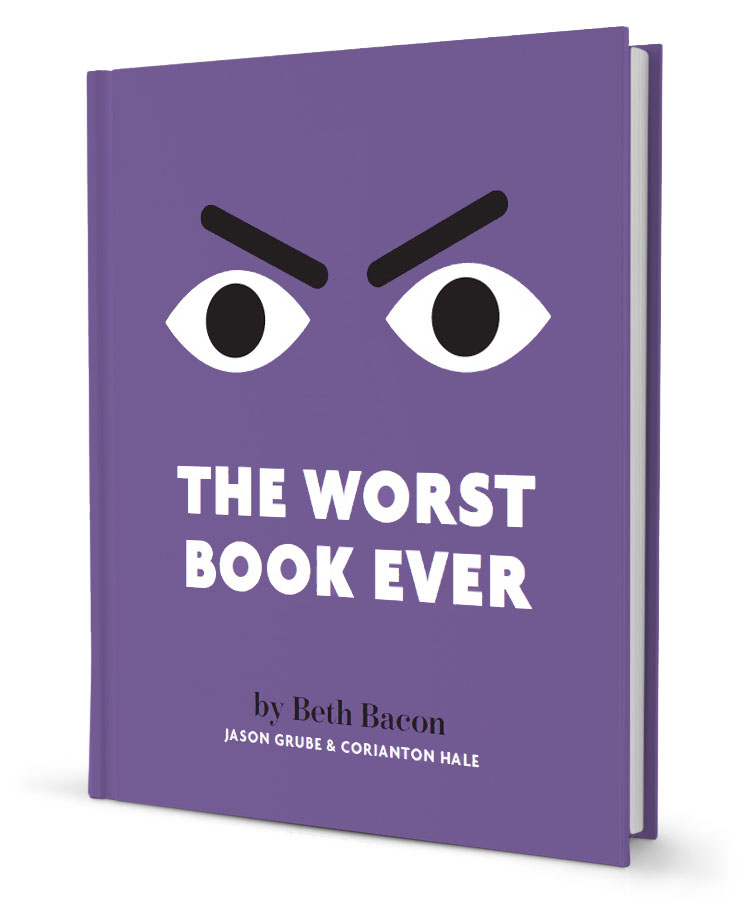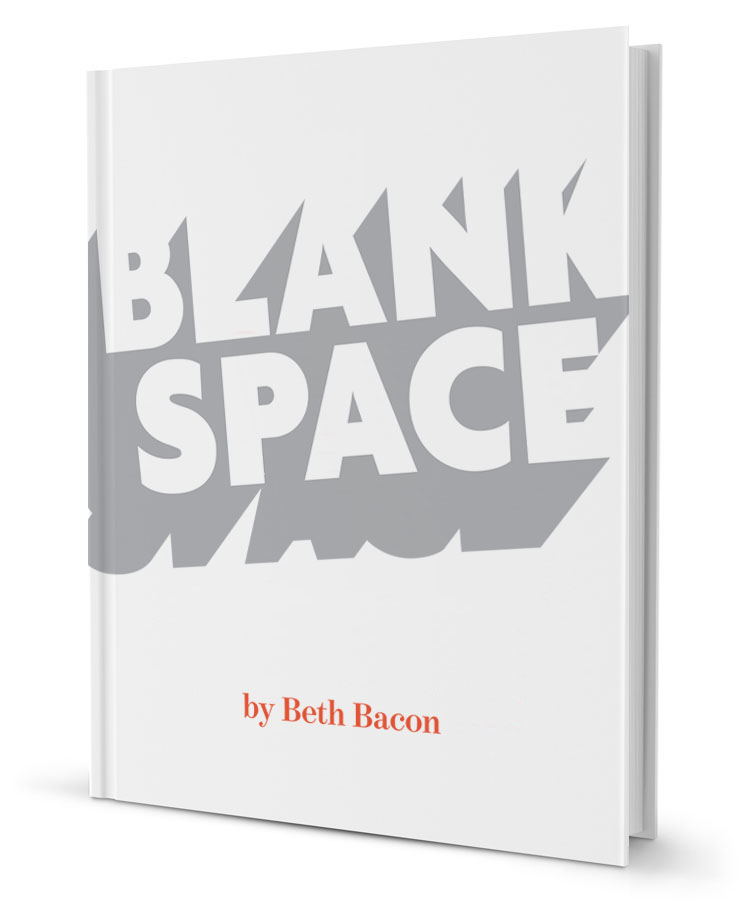Recently I worked on a Spanish translation of my book, Blank Space. This story is a book-length concrete poem—which means meaning is conveyed by the typographic style and design elements as well as the words. This posed some particular challenges. One page in the story consists of the word “look” written three times… and the third time the word “look” appears on the page, there is something different about it. The two letter “o’s” in the middle of the word have dots inside them. This gives them the appearance of eyeballs. In a visual metaphor, the word “look” is “looking.”
An issue came up in the Spanish translation, Espacio En Blanco. The world “look” in Spanish is “mirar.” I needed to figure out a way to use this word to create something that looked like eyeballs. But how?
First I explored the dot on the letter “i.” I added two dots, and that did not work. It looked like accent typorgraphy, not eyes. Then I used the space inside the letter “a.” But two eyes didn’t seem to fit or make sense in that small space. And one eye did not give off the playful message I was trying to convey. It reminded me of either a cyclops or a logo for a TV news station.
I wasn’t keen on putting two dots inside the space between the humps of the letter “m.” That may have worked. But I believed I needed to dig deeper.
I eventually came around to the idea of looking at re-writing the text to include some words that I cold work with. What this part of the book is talking about is looking very carefully at letters. The idea is that when you look at letters very carefully you can see things in their shapes that are add interest and meaning to the text you are reading. So I came up with the phrase “mirar entre lineas” which means “read between the lines.
The word “entre,” which means “between” in Spanish, has a e at the beginning and the end of the word. I added eyeball-shaped images in the blank space of those letters. So the word itself ended up looking vaguely like a face, with the letter “e’s” like two eyes and the letters “ntr” between them, where the nose would go.
Reading between the lines is exactly what I was trying to convey on this page of the story! In fact, once I thought of it, it seemed preferable to using the word “look” three times, which is what I did in the original version.
Maybe if I ever reprint my English version of the story, I’ll change that part to match the Spanish version.






0 Comments